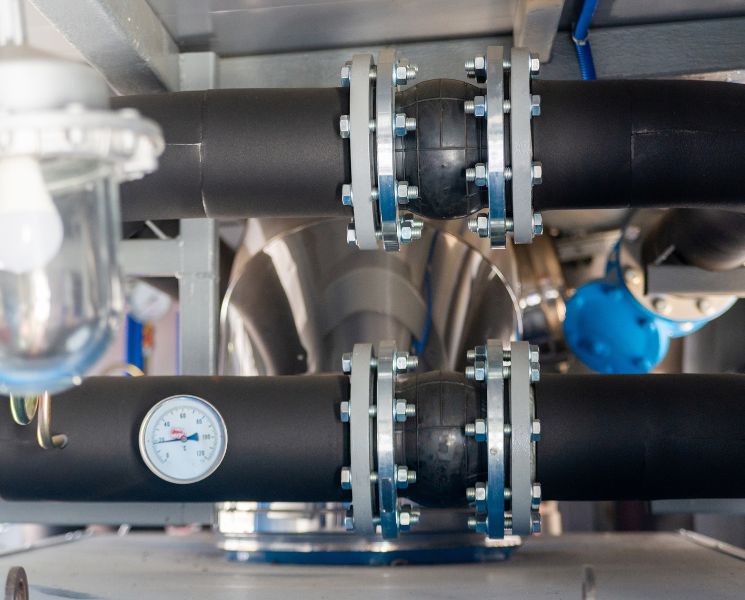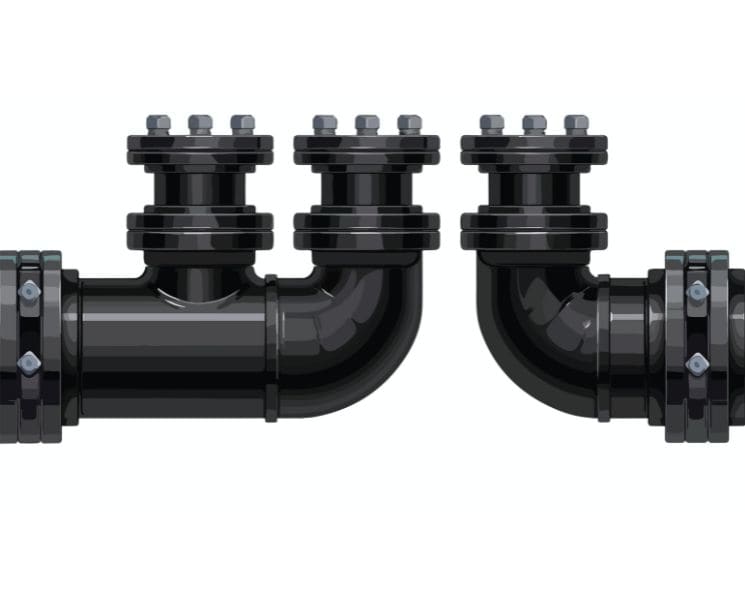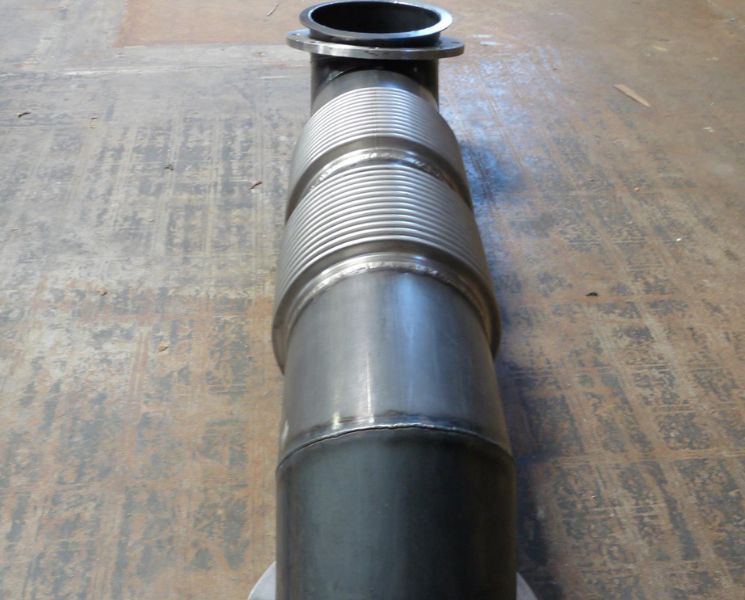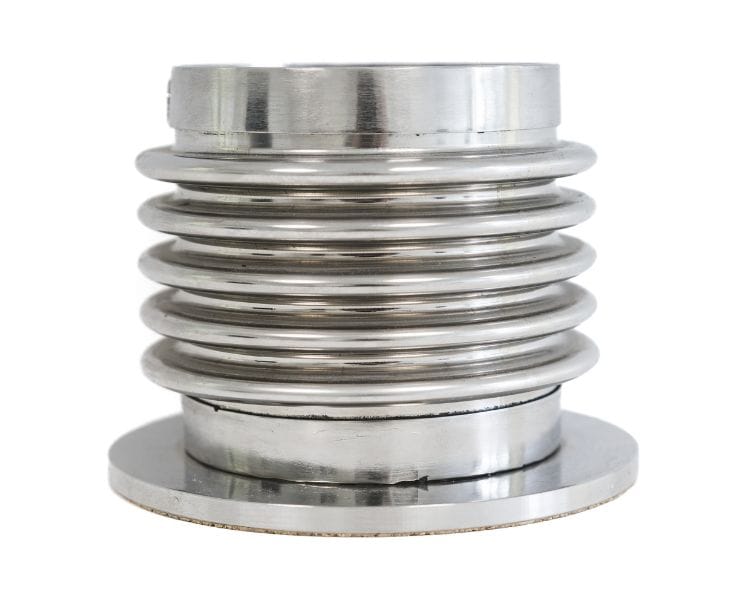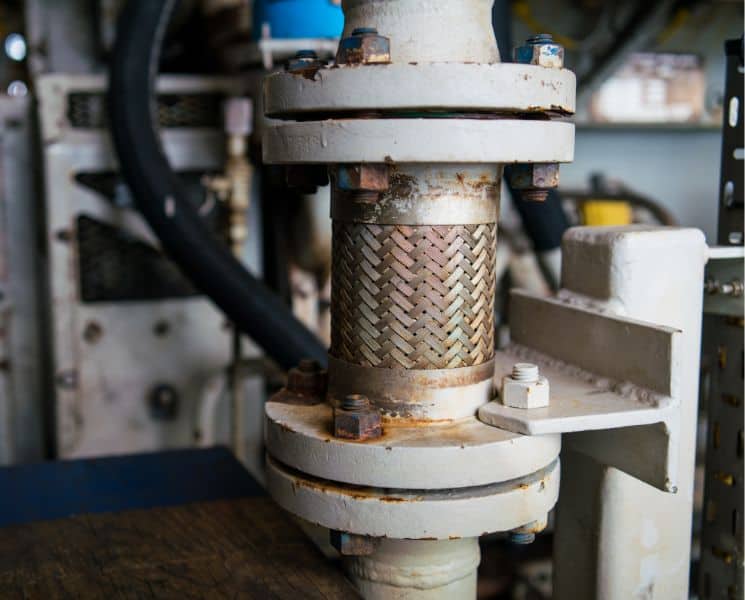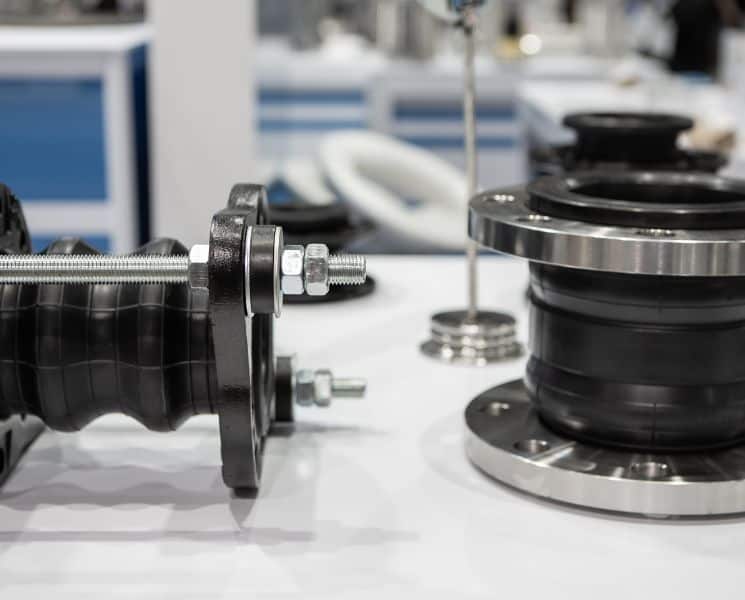Expansion joints assume a great deal of responsibility in piping systems. During their service life, these components will be subject to extreme temperature conditions and gradual wear-and-tear that weigh on their integrity and effectiveness.
Saying goodbye to an expansion joint is tough! However, parting ways isn’t always necessary. Instead of replacing the components, consider adding new life to them by following this checklist for expansion joint maintenance.
Inspection
Before performing expansion joint maintenance, it’s best to conduct inspections to detect apparent damage that needs immediate repair. You’ll want to inspect the condition of the entire component, flanges, and attachments for signs of corrosion.
Corroded expansion joints may start showing the following signs of disintegration:
- Patches of black, red, or white deposits on their surface
- Cracks caused by stress, corrosion, and fatigue
- Poor performance and efficiency
- Warping or shape irregularities from decreased ductility
You can test for corrosion by initiating a weldability test in which you pass a torch over the base material. If there are no signs of cracking, the component is still functional.
Cleaning
Removing foreign material that becomes lodged between convolutions is the best practice when cleaning expansion joints. Doing so removes obstacles that could affect the overall piping system’s functionality.
If you can, avoid using cleaning agents that contain chlorides, as these can cause severe corrosion. You’ll also want to avoid using steel wool or brushes when cleaning joints to prevent scuffing the material.
Instead, use isopropyl alcohol and soft, clean rags to remove dirt and debris. When insulating, it’s best to utilize chloride-free material only.
Testing
Determining whether an expansion joint functions properly is essential to maintaining its service life. You can use the following tests to assess a joint’s quality and whether it meets operational standards:
- Movement capacity testing
- Bellows burst testing
- Spring rate testing
- Heat transfer testing
- High and low-frequency testing
Correctly dimensioned pieces that undergo proper installation rarely require special maintenance aside from the regular servicing needed during an inspection. However, having an expansion joint maintenance checklist in place is beneficial when correcting more severe defects.
Consider visiting the Triad Bellows webpage for more information on metal expansion components, applications, and care.

